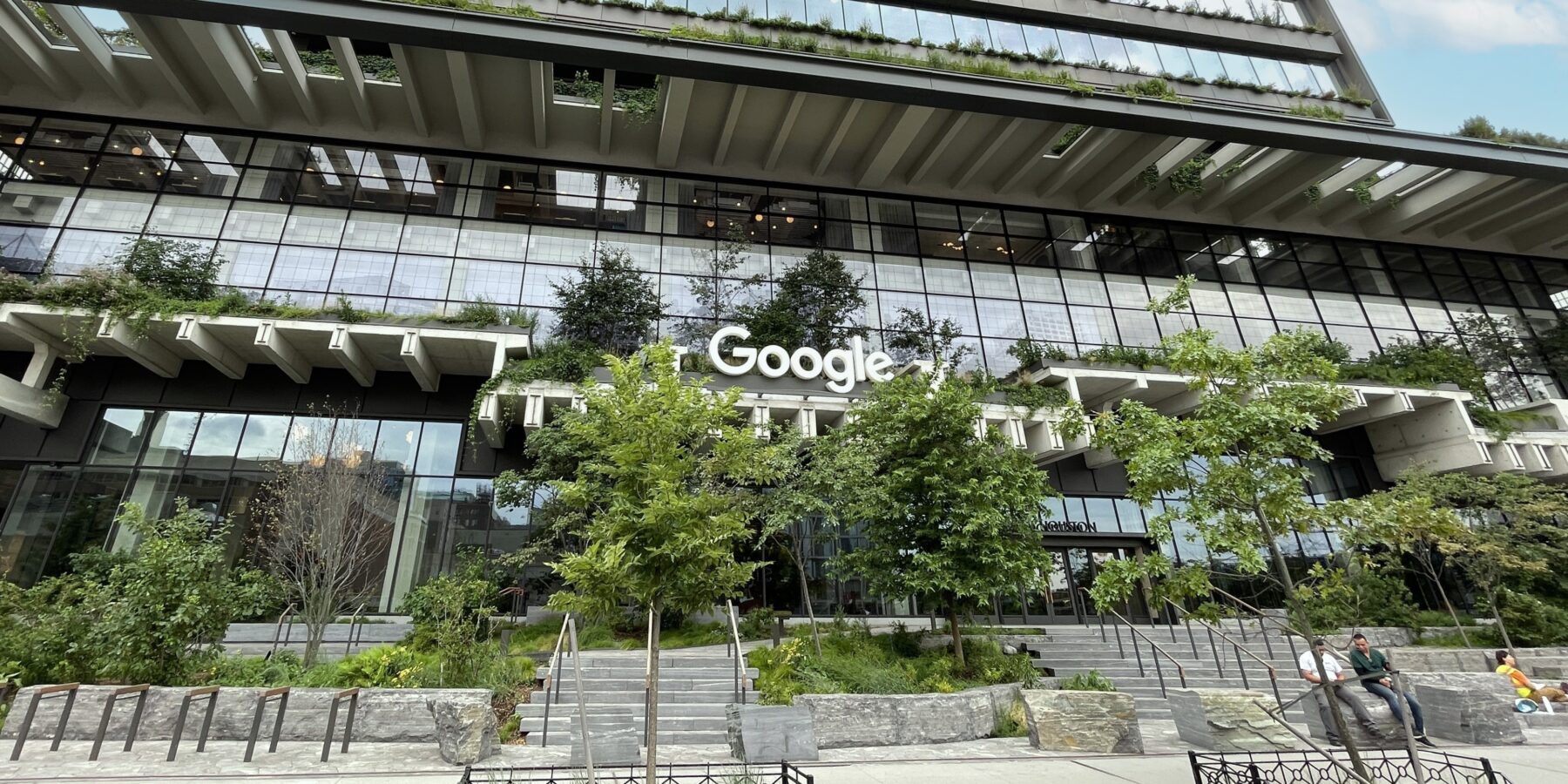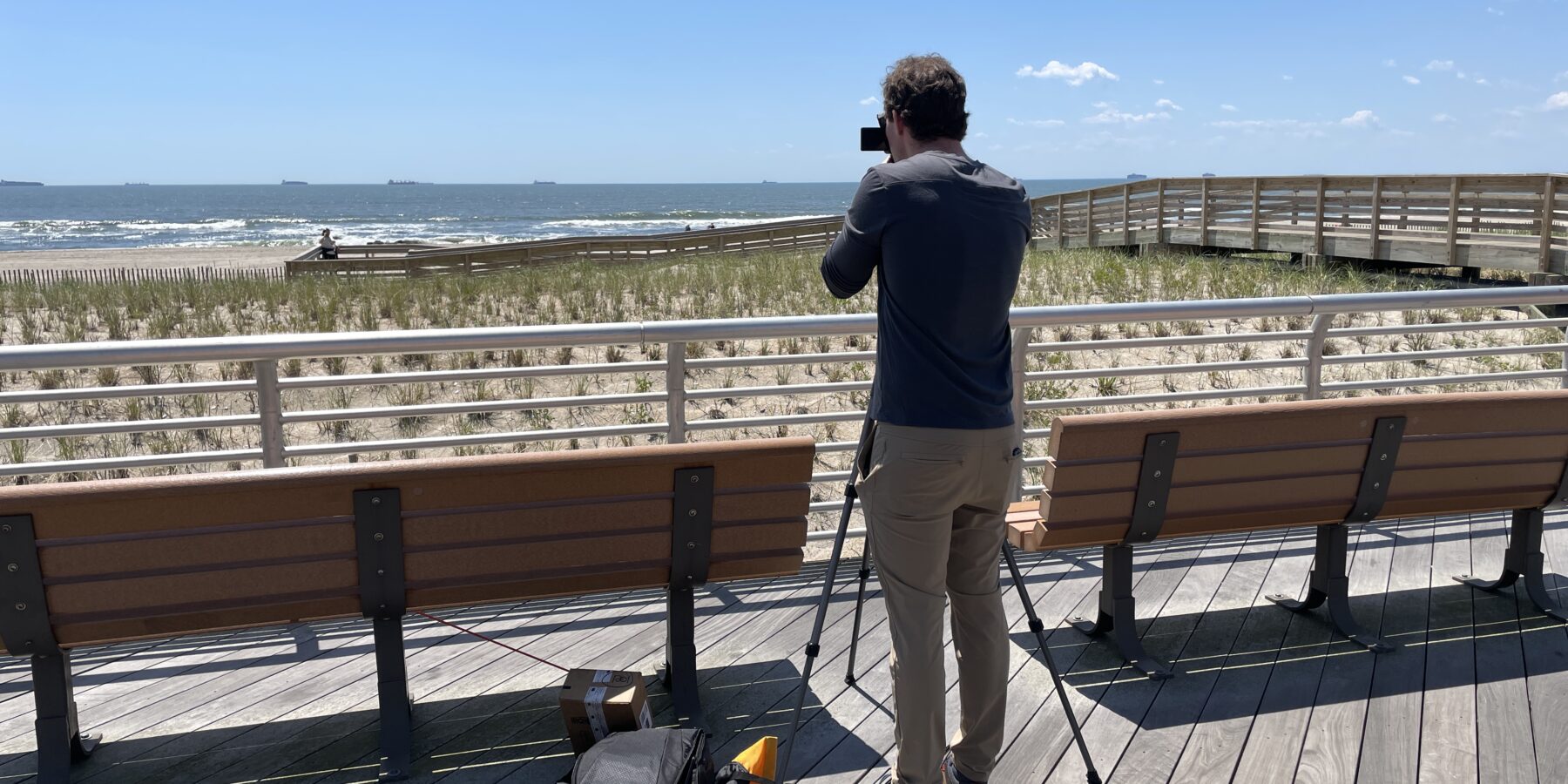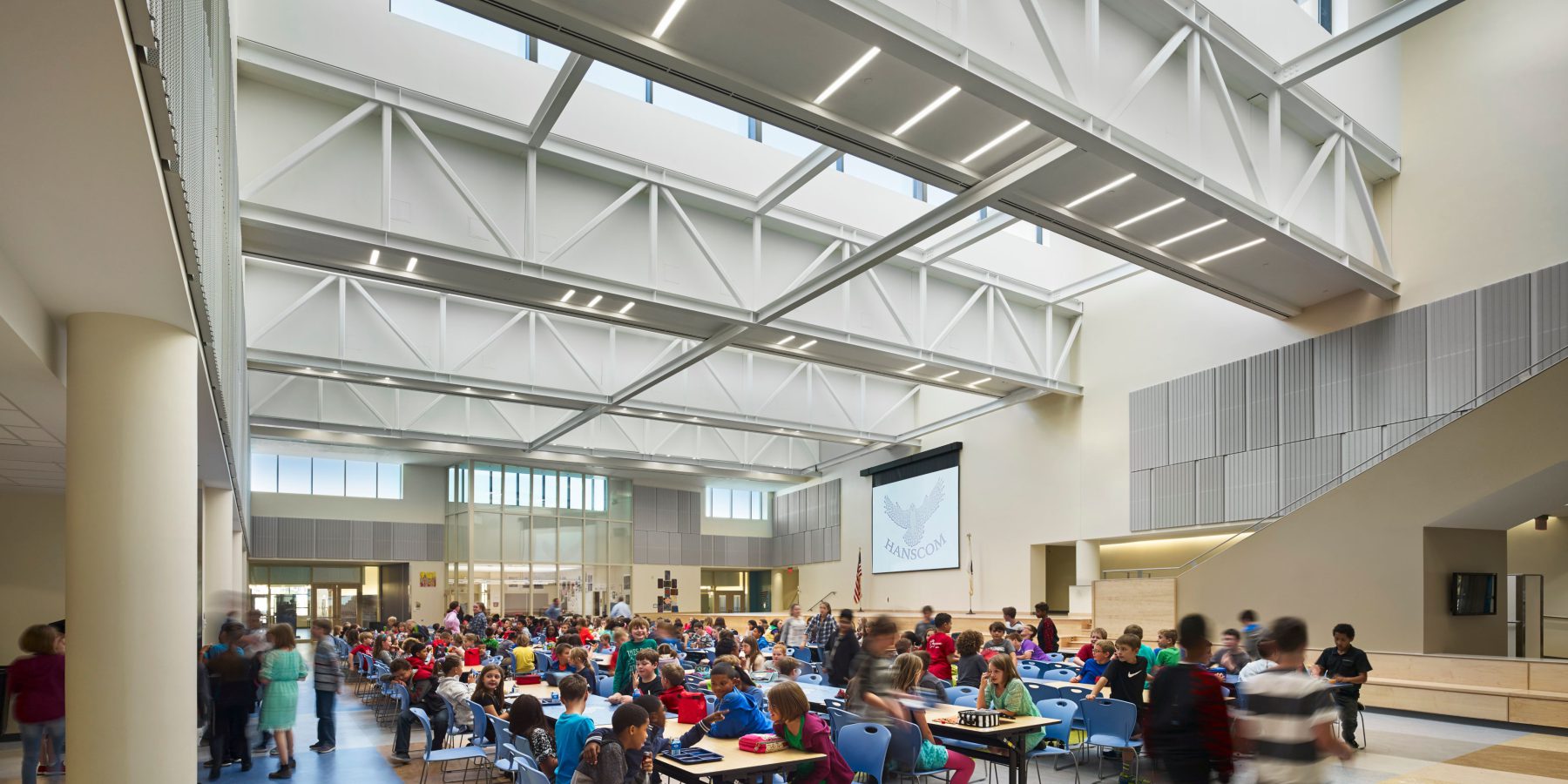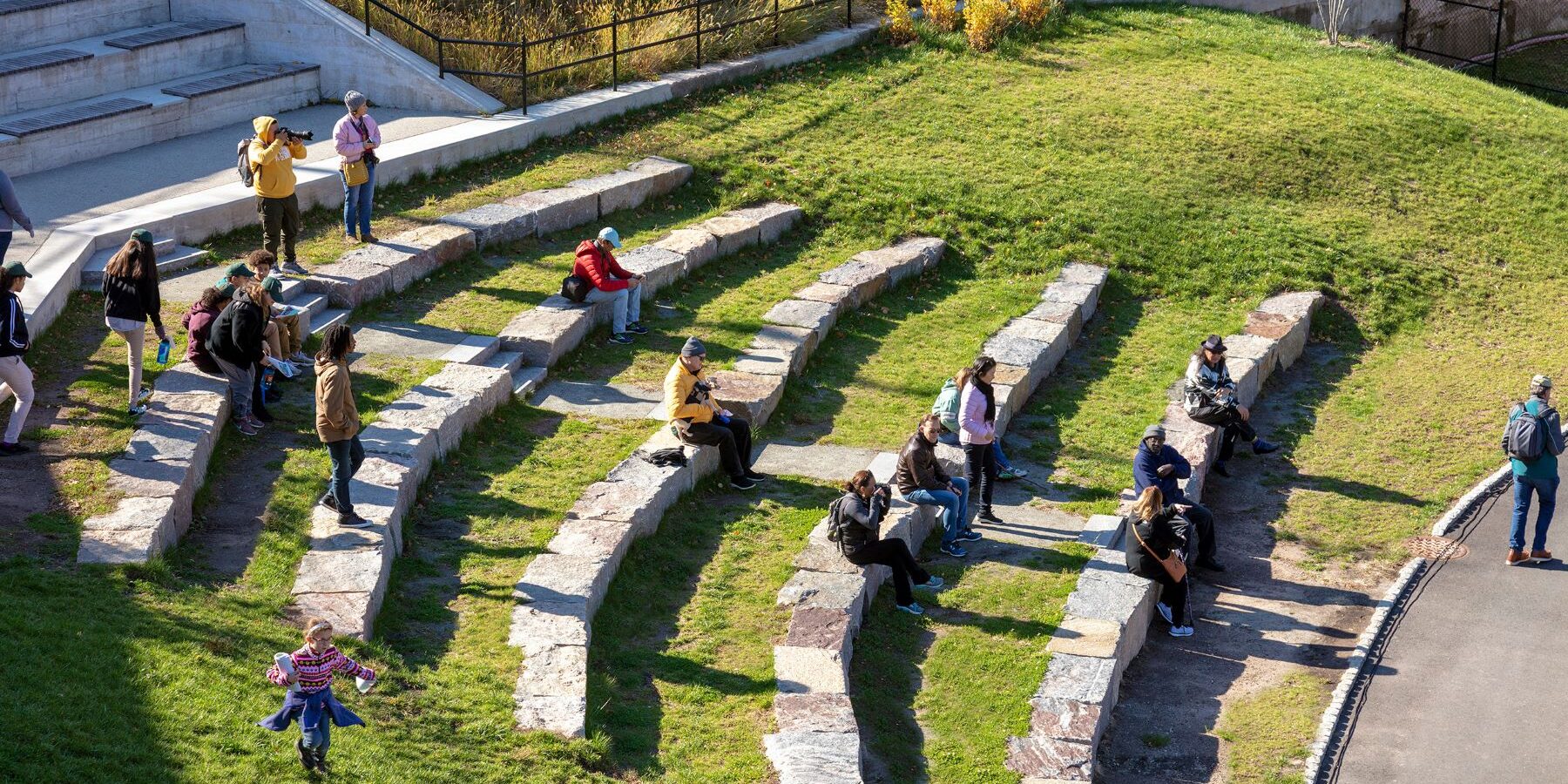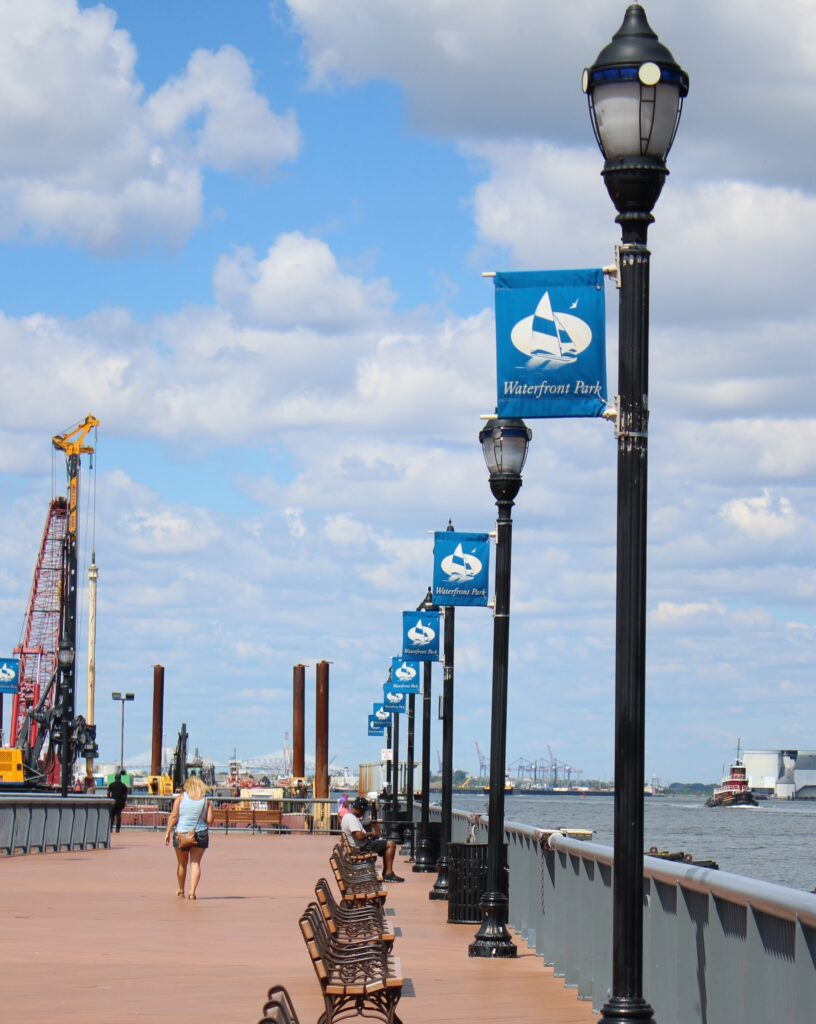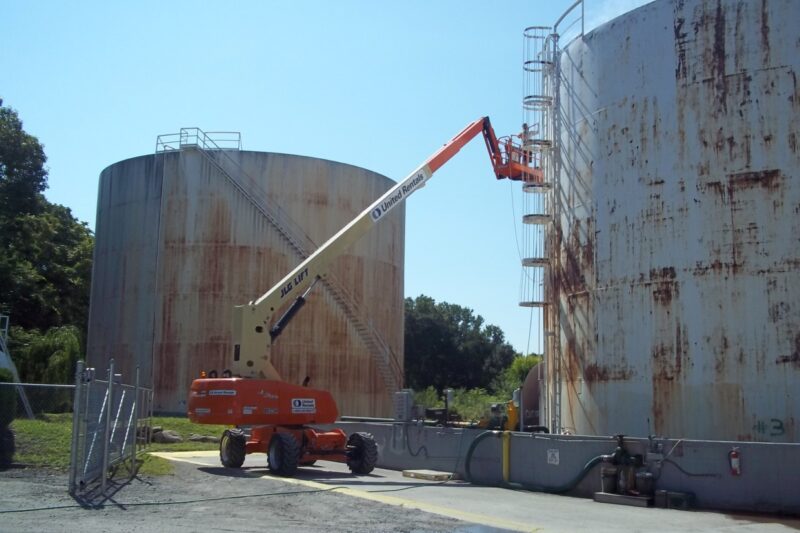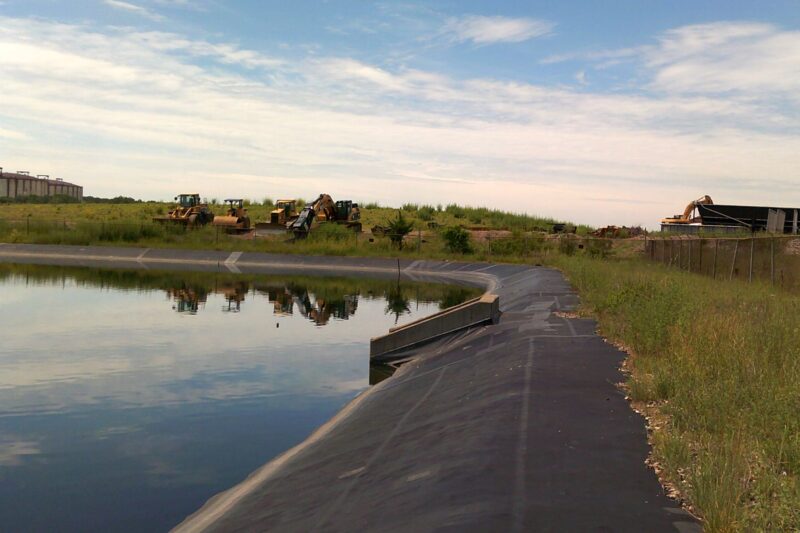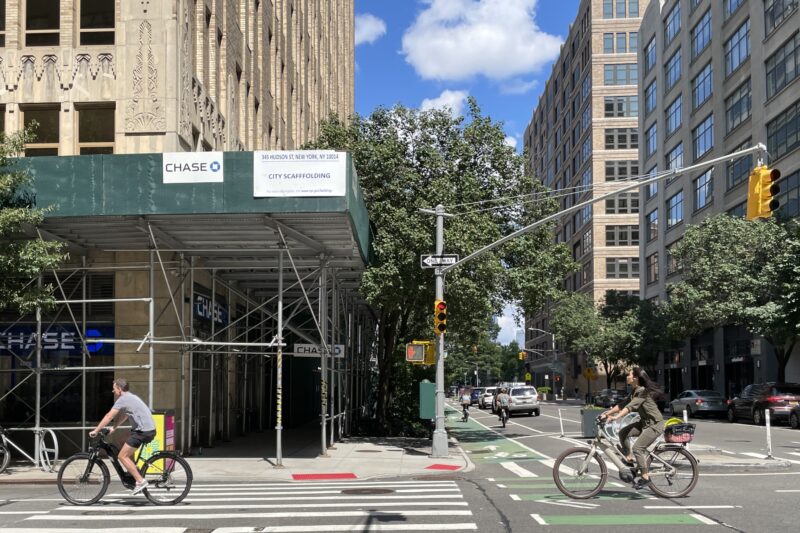Government Funding Clears the Way for Brownfield Remediation in New Jersey
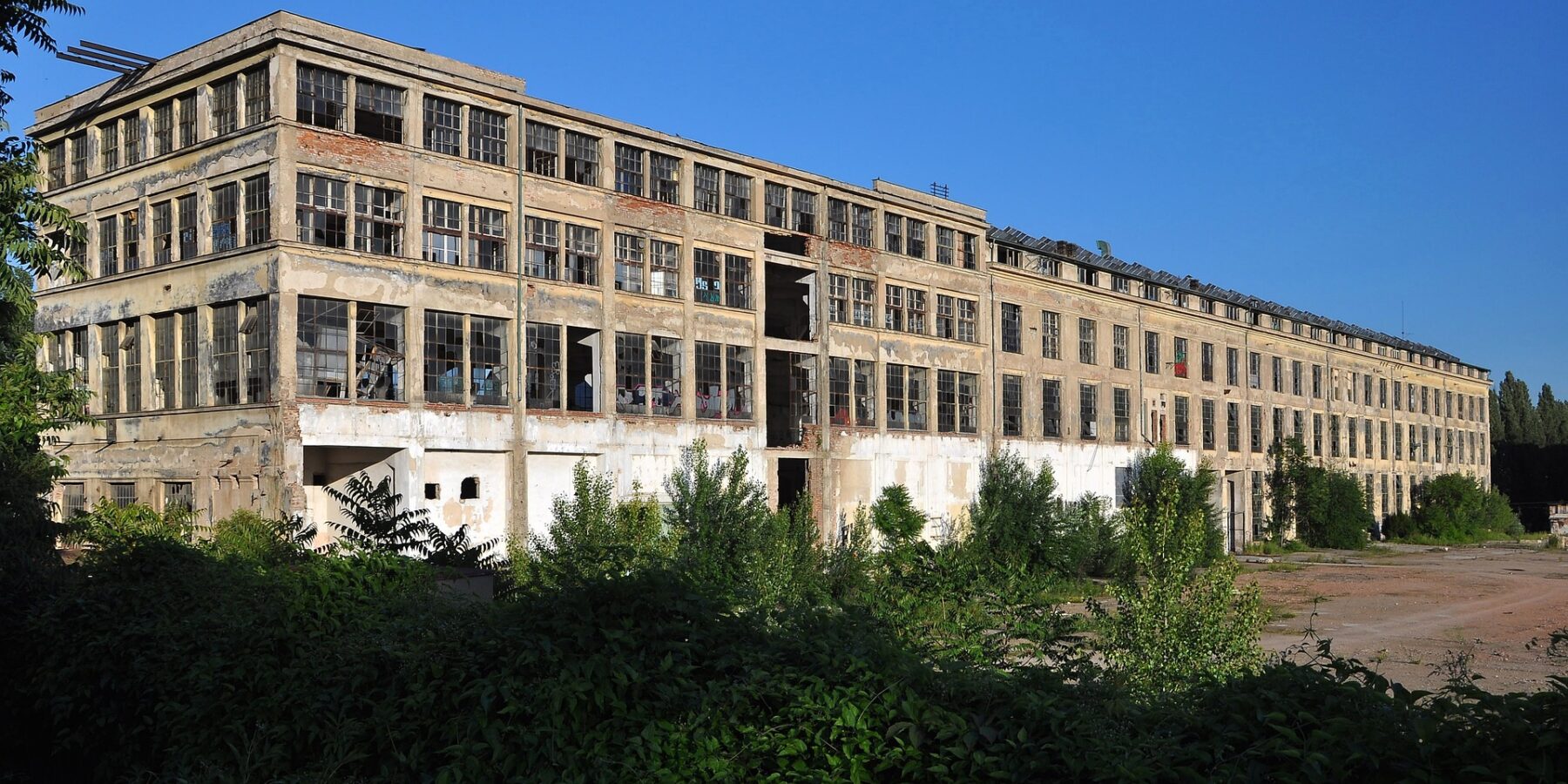
Brownfields are vacant or underutilized commercial or industrial sites with suspected or actual contamination.
The rapid expansion of densely populated areas in the United States has led to a high volume of brownfields. These often include former gas stations, old factories, vacant warehouses, and dry-cleaning establishments, among other facilities that operate with chemicals.
Brownfields don’t just cause environmental challenges for the surrounding communities: they cause economic and social challenges. Public entities burdened with an inventory of brownfield properties would like to attract developers to redevelop brownfield properties and bring them back into productive use.
New Jersey’s Hazardous Discharge Site Remediation Fund was established over 30 years ago to provide public entities with grant funding for the investigation, remediation, and/or cleanup of a suspected or known contaminated site.
Funding is also available for the remediation and cleanup of underutilized sites to maximize their potential economic value for the local municipality and the state. Up to $3 million per year per applicant is available for 100 percent of investigation costs, including preliminary assessments, site investigations, and remedial investigations.
Up to $10 million is available annually, program wide, for 75 percent of remedial action costs for recreation/conservation and renewable energy projects and 50 percent of the remedial action costs for affordable housing projects.
The HDSRF is funded through a constitutionally dedicated portion of the New Jersey Corporate Business Tax and is administered through a partnership between the New Jersey Department of Environmental Protection and New Jersey Economic Development Authority.
NJDEP evaluates an applicant’s preliminary eligibility requirements and the estimated remediation costs, and upon their recommendation for funding, NJEDA evaluates an applicant’s grant eligibility and awards the funding.
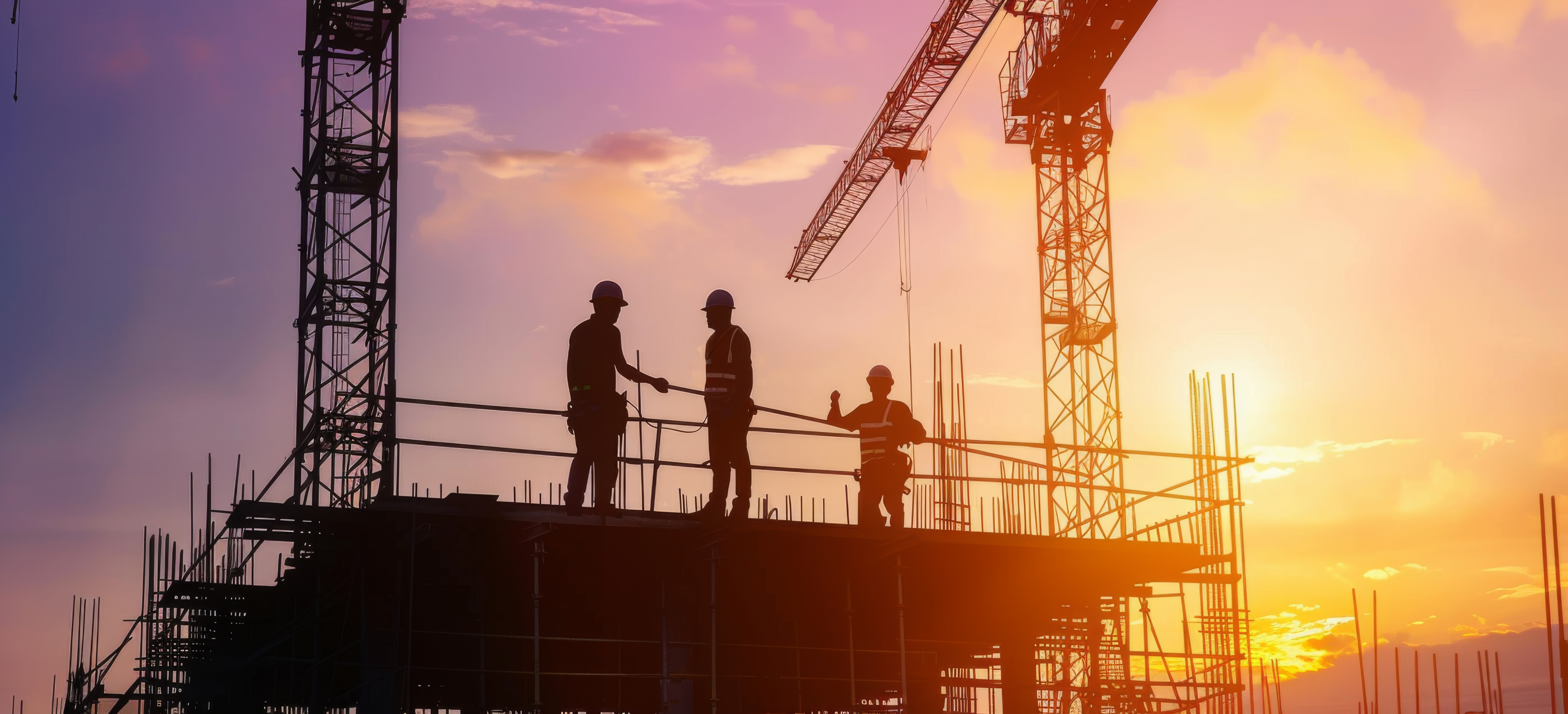
Revitalizing Neighborhoods and Communities
The fund provides an invaluable opportunity to secure the necessary funding for investigation—and cleanup in some cases—and helps to remove the stigma associated with brownfields. This grant provides the resources needed to eliminate the perceived concerns and remove barriers to “safe and sustainable property use.”
The benefits for redeveloping brownfields include improving the natural environment and public health, fully utilizing land while reducing blight, increasing property values and expanding the tax base, creating jobs, and reducing crime.
Tackling environmental concerns using the HDSRF program affords brownfield sites a greater opportunity to be considered for redevelopment, which, in turn, leads to the restoration and improvement needed to revitalize affected communities.
The resulting growth of areas eligible for development further benefits the community through tax rateables that bolster the local economy.
Other Resources
There are other funding programs, such as the EPA Brownfield & Land Revitalization Program, which provide funding with lower monetary caps and a more competitive application process. The EPA fund can be used to supplement HDSRF funding as necessary to complete the cleanup of brownfield properties.

Case Study: Veteran’s Pier & Carteret Waterfront Park
Carteret’s newly constructed waterfront marina is a prime example of how the Hazardous Discharge Site Remediation Fund makes the process of brownfield remediation and redevelopment accessible.
Arsenic concentrations in the cove sediments were found and attributed to historic lumber treatment operations on the subject property and the location of the cove was identified and used as a “timber basin” or “log pond.”
These contaminated sediments were impeding the Borough’s ability to complete a public park, marina, and recreational area, and without remediation, the land would otherwise have remained inaccessible to the public.

